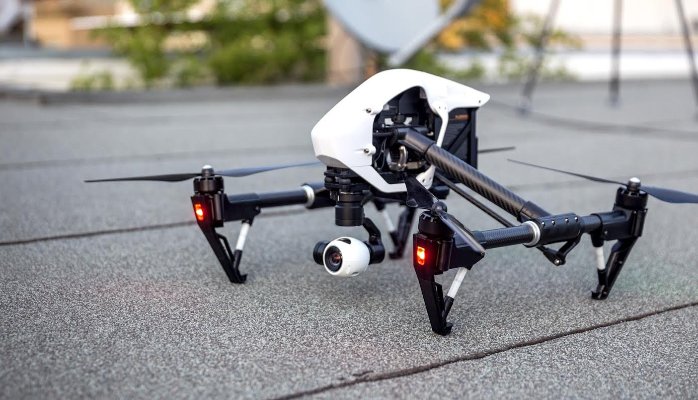If you’re one who can manage to keep up with the influx of technological gadgets flooding our markets today, then chances are you’ve probably heard of hover boards. For the 80’s and 90’s kids who are thinking of the cool gravitating skateboard that Marty Mcfly of Back To The Future stunted around in, I’m sorry but technology isn’t quite there yet. What I am talking about are the handle bar-free segways that have taken the internet by storm, with everyone from celebrities to 2 year olds stepping on for a ride. After the tech toy gained popularity, low-quality imitators began making faulty renditions of the device, selling them at lower prices than the original “hover boards.” Soon, explosions were occurring left and right inside households, near children and pets, and soon hover boards made its way onto the list of motorized vehicles banned for use in public. How about now? Are hover boards still trending? Are they still in high-demand? What I will tell you is that anyone with a sound sense of financial responsibility would rather just use their legs, save money, and avoid a run-in with the authorities. But what about drones? Will the drone frenzy die down in a few months? Evidence suggests otherwise.
Let’s be clear about “drones.” Prior to 2014, anyone who heard the term “drone” probably thought of the UAV (unmanned aerial vehicle) prevalent in military air defense tactics. The term simply refers to any aerial vehicle that takes flight without requiring a pilot to be on board. The correct term for the devices prosumers and industry professionals are head over heels for is ‘quadcopter’.
So what’s the craze? These quadcopters allow for revolutionary aerial imaging that was not possible within the same realm just a few years ago. That is, with less than $2,000 any old Jack or Sally can purchase a quadcopter, hook it up to their iPad, and capture stunning 4K Ultra HD video and photos with significantly less financial investment, time, and expertise than ever before. Before that, highly sophisticated aerial cinema camera rigs ranging anywhere from $10,000 upwards were required. Before that, actual cinema cameras were mounted onto helicopters and flown to capture the desired shot. Anyone without a Hollywood or big budget production was limited to simply purchasing aerial stock footage online.
For many production companies and freelancers whose differentiation strategy was on par with the low cost approach, this was a god send. For companies who for years were differentiated by their mastery of and capability to provide aerial imaging services long before the introduction of quadcopters, the emergence of these (relatively) low-cost drones is nothing short of a nightmare. Why? Because now that client who would’ve went to them for aerial imaging services just has to call up their uncle Joe who knows a guy who knows a guy who has a drone that can do it for much less or even worse, for free.
However, there are still considerable setbacks with these high-quality aerial video cameras that have now become an industry standard. The first is safety. While the drones are relatively safe, it doesn’t mean that technology doesn’t have glitches and can’t fail. Just imagine if the iPad shuts off or if the battery suddenly gives out. Now you’re down a couple thousand dollars. Also, there’s nothing stopping an infatuated 15 year old from going to Best Buy or B&H Photo and dropping a couple of daddy’s benjamins to land himself a brand new “works right out of the box” quadcopter. Next thing you know, the drone is in pieces after crashing into someone’s 12th floor apartment window. Point is, there is huge liability in these drones. With liability comes the law.
Up until recently, there were no exact laws regulating drone usage because drones simply did not exist in this manner in years prior. However, the FAA now requires anyone who purchases a drone to register the aircraft so that there is less of an anarchic structure of operation satirized quite brilliantly by this South Park episode. Other concerns included loss of privacy, public disturbance and general safety. So are drones here to stay? Or are they just another short-lived technological trend? With the NFL pushing for it’s use during games and hundreds of industry professionals and companies using the technology as a lucrative feature, it looks like the 4-winged mechanisms are here to stay. If you’re not convinced, then check out this Drone Racing League picking up steam as a professional hobby as well as this mega-sized quadcopter capable of flying humans on the inside (first steps to flying cars?)
Either way the emergence of quadcopters are just one example of the many ways in which technological innovations are rapidly changing the nature and boundaries of the media/film/television production industry. With advanced software, better cameras, and access to online resources, more is simply being made with less.





But it’s fair to say that most struggle to find the time and energy necessary to keep up with the technologies driving transformation across every industry and in every part of the world.
NASA is researching prototype technologies that could be implemented by the UAS community to enable safe and efficient low-altitude UAS operations.